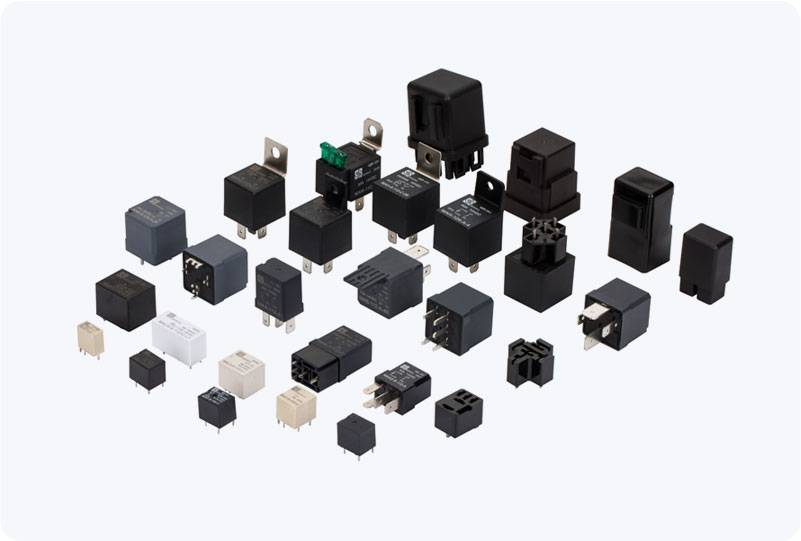Overload protection relays are essential devices in electrical systems designed to prevent damage to electrical equipment caused by excessive current. These relays play a crucial role in ensuring the safety, efficiency, and longevity of motors, transformers, and other electrical machinery by detecting overload conditions and disconnecting the circuit before any irreversible damage occurs. In this article, we will explore the functioning, types, and applications of overload protection relays, emphasizing their importance in modern electrical systems.

What is an Overload Protection Relay? An overload protection relay is an automatic safety device designed to detect excessive current in electrical circuits. When the current flowing through a circuit exceeds a predefined threshold, the relay triggers an alarm or disconnects the circuit to prevent potential damage to the connected equipment. This is crucial in scenarios where electrical equipment, such as motors or transformers, could be exposed to higher-than-normal loads, which, if not addressed, could lead to overheating, insulation breakdown, or even fires. How Does an Overload Protection Relay Work?
Leave a Reply